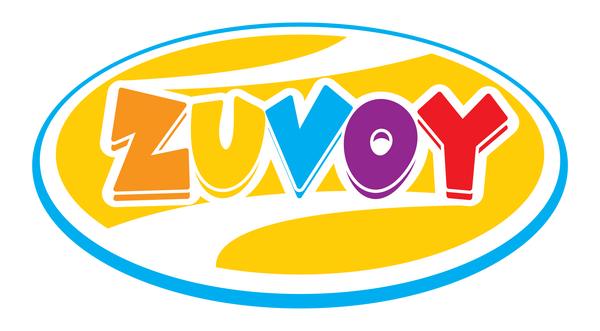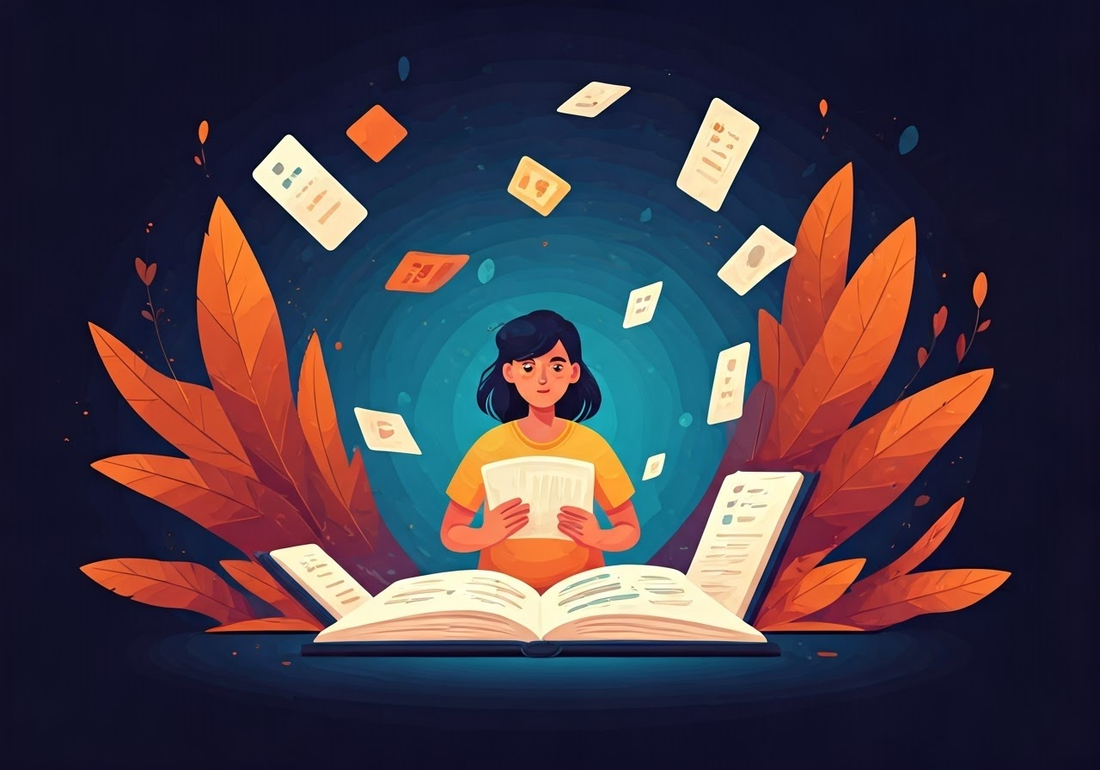Key Highlights
- Flashcards are a versatile and effective learning tool for various subjects and concepts.
- They leverage the power of spaced repetition, a proven memory enhancement technique.
- Flashcards can be physical or digital, with various apps available to enhance the learning experience.
- Creating effective flashcards involves clear and concise content focusing on key information.
- Regular review and spaced repetition are crucial for maximizing retention and achieving learning goals.
Introduction
Flashcards are a simple but strong tool for learning. Students have used them for many years. These cards have two sides and rely on spaced repetition. This method means you review information at longer intervals to help you remember better. Using flashcards in your study habits can improve your learning in any subject. If you are memorizing vocabulary, dates in history, or science formulas, flashcards can make your studying more fun and effective.
Understanding Flashcard Efficiency

The power of flashcards comes from their ability to make learners use active recall. This means the learner has to pull information from their memory instead of just reading it. This active recall helps make the connections in the brain stronger and helps people remember things for a longer time.
Flashcards also use spaced repetition. This means reviewing them at longer intervals. By doing this, learners can fight the forgetting curve and keep information in their long-term memory. This method is especially helpful when managing a lot of information.
The science behind flashcards in learning
Flashcards use spaced repetition. This is a learning method that helps people remember things better by timing their review sessions. When you see information again and again at spaced times, your brain builds stronger connections related to that information.
Spaced repetition works because of the forgetting curve. This curve shows that we tend to forget things if we don’t learn them actively. By going over flashcards at the right times, we can help our memory stick better.
Many flashcard apps use smart systems to find the best times for you to review each card. This way, you are studying the right information at the right moment for the best learning.
Comparing flashcard types and their uses
While traditional paper flashcards are still a popular option, digital flashcards have some benefits, such as:
- Portability: You can get to your flashcards any time and anywhere using your smartphone or computer.
- Spaced Repetition Features: Many digital flashcard apps use special methods to help you review at the best times for better memory.
- Multimedia Support: You can add images, sound, and videos to make your flashcards more fun and helpful.
On the other hand, paper flashcards give a hands-on and personalized experience that some people like:
- Tactile Learning: Writing and moving paper flashcards can help some learners remember better.
- Customization: You can make your flashcards unique with different colors, fonts, and drawings.
In the end, the best type of flashcard for you will depend on how you learn, what you like, and the topic you are studying.
Creating Effective Flashcards

Creating good flashcards is a skill. It may look easy, but making flashcards that help you remember things takes planning and care. A good flashcard is short, clear, and focused on the key facts.
Don't try to fit too much information on one card. Doing this can overwhelm you and stop you from learning well. Instead, break up tough ideas into smaller, simpler parts. This makes it easier to understand and recall.
Best practices for design and content
When making flashcards, focus on being simple, clear, and effective. You want these cards to help you study and remember information better. The design should support, not hinder, these goals.
Keep the content short and direct. Each card should highlight one key idea or fact. Don't write long paragraphs. Use bullet points, short sentences, or diagrams when helpful. The aim is to get the information down to what matters most.
Choose clear and easy-to-read fonts. Avoid fancy or tiny fonts that are hard to see. Make sure the text is large enough to read at a quick glance. Also, use colors or different pens to mark important terms or ideas, which will help with your visual memory.
Tools and apps for flashcard creation in India
Several apps and online tools are available for those who prefer the convenience and functionality of digital flashcards. These apps often incorporate spaced repetition algorithms and other features to optimize the learning process.
One popular option is Anki, a free and open-source flashcard app available on various platforms, including desktops, smartphones, and tablets. Anki's flexibility and powerful spaced repetition algorithm have made it a favorite among students, language learners, and professionals alike.
Flashcards are a great way to help you learn better. If you know how they work and design them well, you can remember information more easily. To get the most out of flashcards, it's important to study them regularly. You can use digital or paper flashcards, and both can work well if you use them right. Organizing your flashcards smartly and using apps can improve your study sessions even more. Think of flashcards as an important tool to make your learning easier and to do well in school. Start making your own flashcards today and open up a new way to learn.
Frequently Asked Questions
What makes flashcards an effective study tool?
Flashcards help you remember things better. They encourage active recall, which is a strong way to learn and keep information for a long time. When you use spaced repetition with flashcards, it helps you fight against the forgetting curve. This also makes your study habits more efficient.
How often should I review my flashcards for the best retention?
The best review schedule can be different for each person and the type of material they are learning. Still, it's important to use spaced repetition. This means slowly increasing the time between your study sessions. Doing this helps you remember better and build good study habits.
Can digital flashcards be as effective as paper ones?
Digital flashcards can work as well as paper flashcards. They have some great benefits. They are easy to carry around, help with spaced repetition, and can include different types of media. They fit well into today’s study habits. This makes learning more dynamic and engaging.
Are there specific strategies for organizing flashcards?
Effective organization of flash cards can really help your study habits. You should group your cards by topics, subtopics, or how hard they are. Think about using colors or dividers to make a clear and easy-to-use system.
What are some recommended flashcard apps available in India?
Popular flashcard apps you can find in India are Anki, Quizlet, and Brainscape. Anki is a strong open-source app. Quizlet is famous for having a huge library of decks made by users. Brainscape uses a system that repeats content based on your confidence. Each of these apps offers a different way to learn. They are helpful tools for students at any level.

